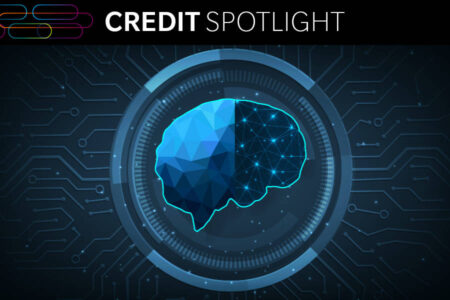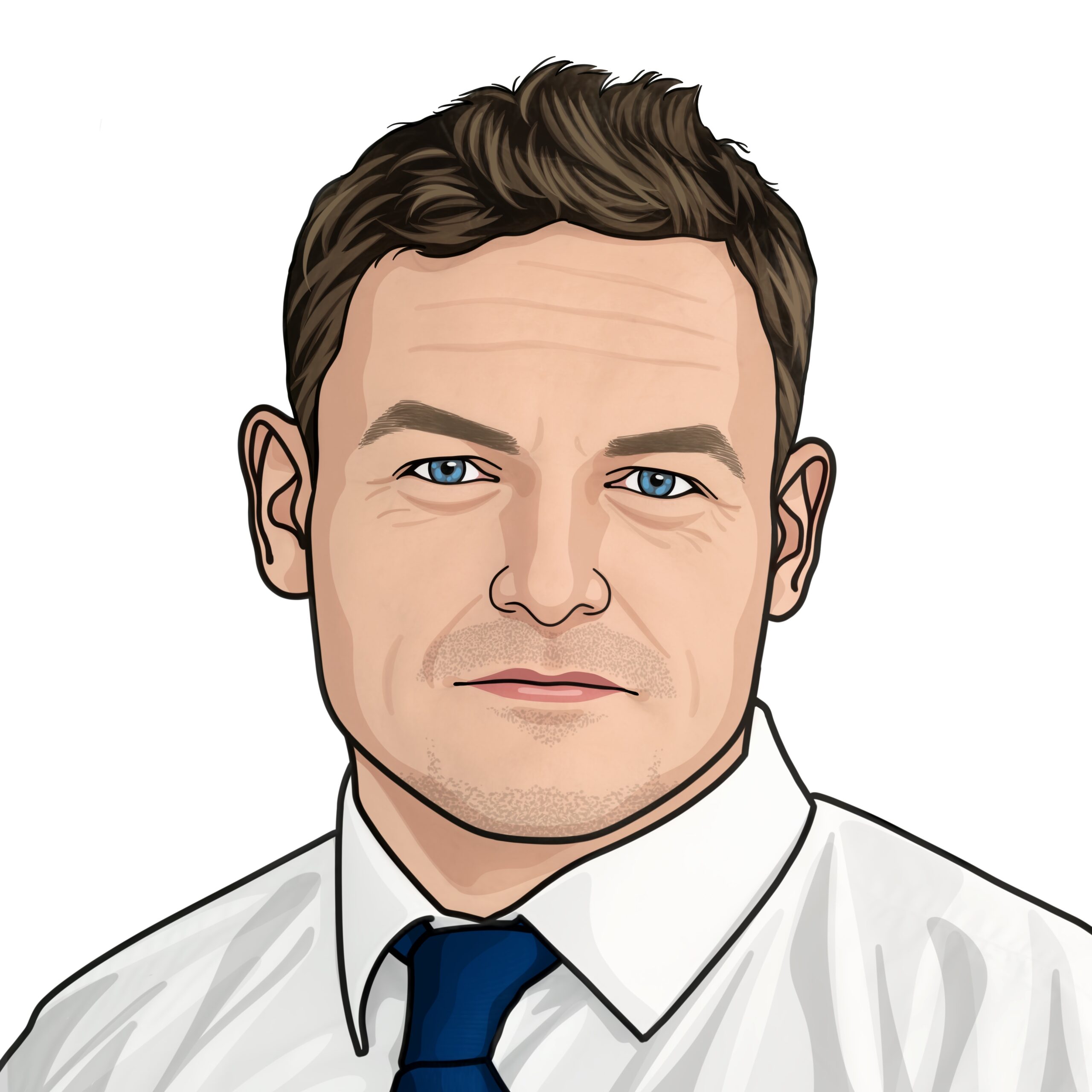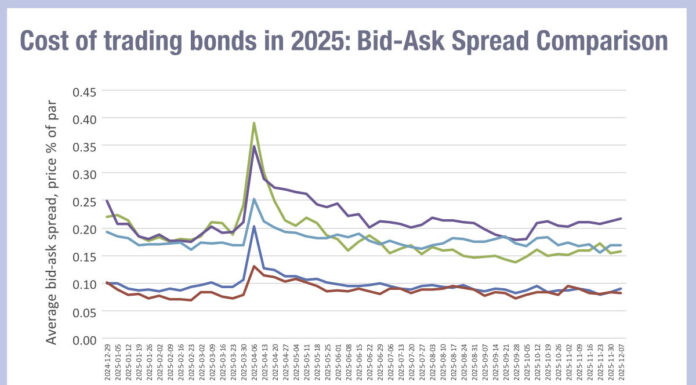 A picture has emerged of the future credit desk for buy-side traders, from discussions at the Fixed Income Leaders’ Summit in Washington DC last week. For heads of trading, certain tools or services are clearly in focus that can make a material difference to trading today. As markets evolve these will make a material difference in their ability to handle certain parts of the market such as private credit.
A picture has emerged of the future credit desk for buy-side traders, from discussions at the Fixed Income Leaders’ Summit in Washington DC last week. For heads of trading, certain tools or services are clearly in focus that can make a material difference to trading today. As markets evolve these will make a material difference in their ability to handle certain parts of the market such as private credit.
Embedded within all of these are the intelligent application of artificial intelligence. Three major dynamics are driving change, increasing demand for AI tools.
The first aspect is the need to empower traders through technology not human capital. Traders will increasingly become the developers and users of software tools that can scale up their capabilities. This is already apparent in the skill sets that new traders are evidencing, but trading desks are not homogenous. It is more likely that heads of trading will develop a portfolio of skills on their desk across different team members than onboard traders who can all code, be excellent interpersonal communicators, and experts across multiple asset classes.
As a result they will need tools that support them in different ways, and can manage very time-consuming, low-value tasks, allowing them to focus on more value-added tasks.
This leads on to the second aspect, which is data aggregation and analysis. Bond traders need to pull very different data sources into comprehensible pictures of the market, with the cleaning and aggregating of the data taking up an inordinate amount of work. Artificial intelligence tools are very able to sort and parse data, to help analyse patterns and filter out noise.
The third aspect is the development of the tools themselves. AI can support coding to significantly improve productivity of the developers, which creates a more adaptable trading desk. As the level of electronification and automation of trading increases, trading desks that are inflexible could find themselves at a material disadvantage.
A good example of this is the private credit market, which is growing rapidly as an investible asset class, and is therefore driving change within investment managers. If a secondary market is to develop in this space, it is likely that there will need to be the capacity to read between currently non-fungible contracts and assess risk and value to create a more tradable view of the market.
Credit desks that have the ability to rapidly scale up, process data, and develop new trading tools will be significantly ahead of the curve. Other parts of the credit market will bear witness to similar needs.
©Markets Media Europe 2025















